BT Extend UK Vectoring Trials to Fix FTTC “Fibre Broadband” Speeds
BTOpenreach’s long running VDSL2 Vectoring (ITU-T G.993.5) trial, which aims to improve the performance of BT’s existing “up to” 80Mbps capable hybrid Fibre-to-the-Cabinet (FTTC) superfast broadband lines by significantly reducing crosstalk interference, has been extended to 100 DSLAMs in selected areas that will benefit from the upgrade.
At present one of the biggest and growing problems with BT’s FTTC technology is the fact that lots of active lines running in close proximity can create interference for one another (crosstalk) and, as we know, interference on a copper telephone line can reduce the speed of your Internet service.
The uptake of FTTC is naturally improving all the time and thus consumers have been noticing the impact of this, with some losing anything up to around 20% to 30% of their original line performance to the problem (this can sometimes also be confused with local ISP capacity congestion). We see the impact of this almost every week and it is a very real issue.
Mercifully the ITU came up with the solution of Vectoring (Self-FEXT Cancellation) to coordinate line signals, which works a bit like those noise cancelling headphones you can buy and thus helps to remove most of the unwanted interference.
The result of Vectoring is that FTTC line speeds return to normal / become more stable and this would also help if ever BT decided to ramp the top speed up to 100Mbps. But take note that Vectoring is really about fixing an existing problem, not boosting speeds further.
As a result Openreach has been running Vectoring trials since all the way back in 2013 (it had a few teething problems back then) and last year this was expanded into a second Phase 2 Trial (full details), albeit still initially focused on the same Street Cabinets [26, 41 and 42] in Barnet (London) and another three [12, 39 and 74] in Braintree (Essex) from the first trial.
The Phase 2 trial also tested a number of other improvements including Physical Retransmission (G.INP), Seamless-Rate-Adaptation (SRA) and an Application Specific Integrated Circuit (ASIC). Crucially Openreach last week confirmed that G.INP technology, which tackles spikes / bursts of electromagnetic interference (impulse noise) and can thus make some problematic lines more stable, is now rolling the upgrade out in a process that is “expected to take several months to complete“.
Meanwhile we’ve been hearing rumblings for the past month that Openreach might be close to a full commercial deployment of Vectoring technology, which is largely based on off-the-cuff remarks from engineers who claim to have been installing Vectoring capable hardware in other areas.
Openreach have now officially confirmed that they’ve “extended vectoring trials” to 100 DSLAMs (Digital Subscriber Line Access Multiplexer) in selected areas, although no decision has yet been taken on a commercial roll-out.
An Openreach Spokesperson told ISPreview.co.uk:
“At this time, we are still very much in trial stage, and are considering whether to introduce vectoring into the network more widely. We will be consulting with all our CPs.”
For the uninitiated, DSLAMs in an FTTC setup usually exist inside Street Cabinets. Essentially they take the connections from subscribers (through Line Cards slotted into the DSLAM) and aggregate that traffic into a backbone capacity connection. Street cabinets can usually hold up to 4 or 6 line cards, which depending upon size can cater for up to 288 subscribers (per cabinet).
In other words the news that 100 DSLAMs are now being enabled for vectoring represents a fairly large expansion of the trial, although it’s difficult to be sure of the specifics without knowing precisely which type of DSLAMs are being used. We have asked for a complete list of the new trial locations but so far this has not been supplied.
We suspect that Openreach wouldn’t be going through such a long trial unless they felt, as we do, that Vectoring is a necessary upgrade given the rising problem of Crosstalk. One alternative might be to skip right to deploying Gigabit (aggregate speeds) capable G.fast technology and today’s related roll-out announcement from BT lends some support to that idea (here).
But the G.fast roll-out won’t begin until 2016/17 and it’s a much more costly / significant upgrade than Vectoring, which will take several years to complete. Never the less we did query with BT whether the G.fast announcement would have any impact upon the potential deployment of Vectoring, especially as BT have announced it before Vectoring which is already much more mature and well into advanced trials.
The reply came that BT still intends to somewhat selectively vector VDSL cabinets “as and when required to maintain network performance“, so it looks like they’ll only deploy it where a problem is identified (i.e. areas of strong FTTC uptake are thus most likely to benefit). G.fast is also vectored and so the idea is that once G.fast is deployed then VDSL Vectoring “may not be required in those areas” (you’d need to swap many of the FTTC lines to G.fast first of course).
On the consumer side there will be questions about support via existing modem and router hardware. The VDSL integrated kit supplied by ISPs should ideally already be vectoring capable, although it’s noted that some older third-party VDSL integrated routers don’t support Vectoring and a few of Openreach’s older VDSL modems will require a firmware update (some may also need to be replaced, but this shouldn’t be a huge issue).
In any case the trial, for now, will continue for a little longer, we’re just not sure quite how long that will be. It’s worth noting that G.INP, which is now being deployed, was supposed to be tested during the later stages of Openreach’s phase 2 trial (i.e. a vectoring decision can’t be that far off if G.INP is now being rolled out).
Mark is a professional technology writer, IT consultant and computer engineer from Dorset (England), he also founded ISPreview in 1999 and enjoys analysing the latest telecoms and broadband developments. Find me on X (Twitter), Mastodon, Facebook and Linkedin.
« uSwitch 2015 Awards Name Virgin Media UK Best Broadband Provider
Latest UK ISP News
- FTTP (5525)
- BT (3518)
- Politics (2541)
- Openreach (2298)
- Business (2264)
- Building Digital UK (2246)
- FTTC (2044)
- Mobile Broadband (1975)
- Statistics (1789)
- 4G (1666)
- Virgin Media (1621)
- Ofcom Regulation (1463)
- Fibre Optic (1395)
- Wireless Internet (1390)
- FTTH (1382)



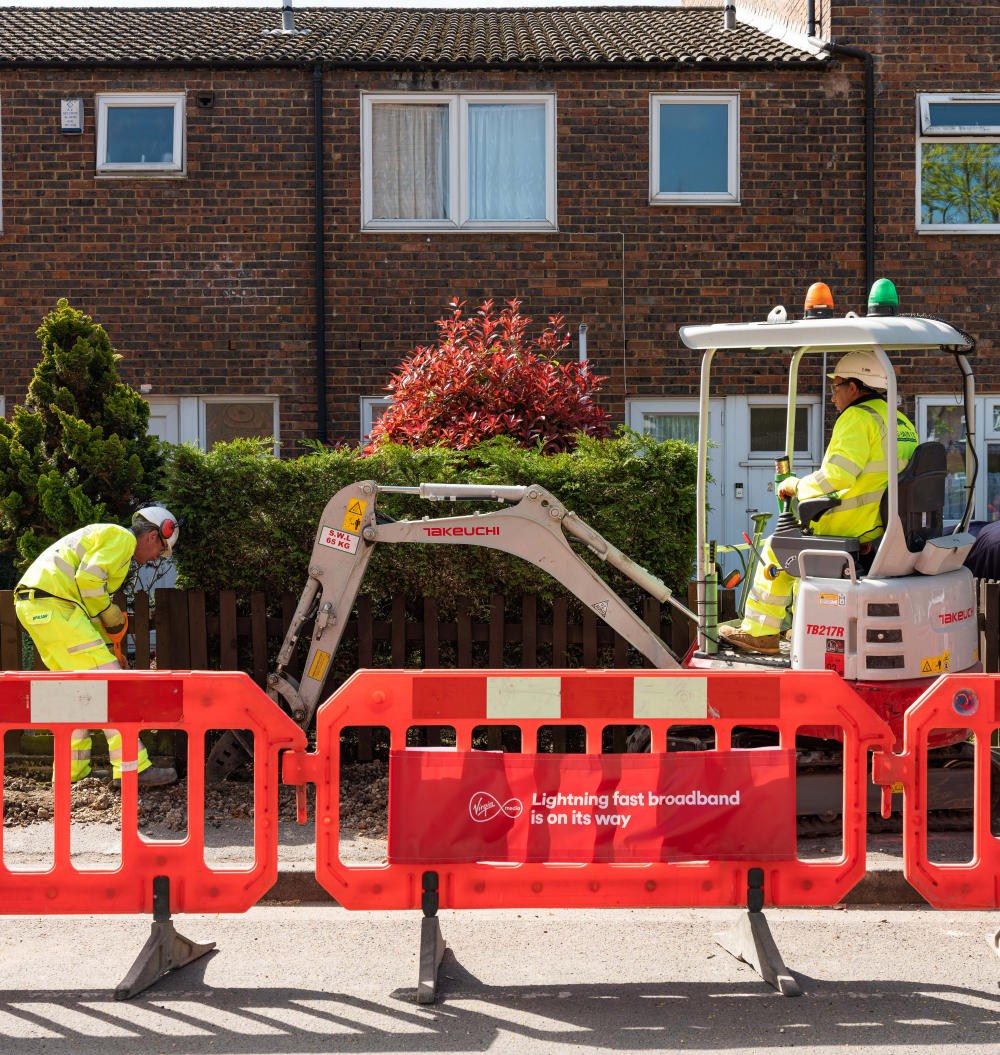



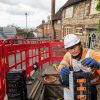








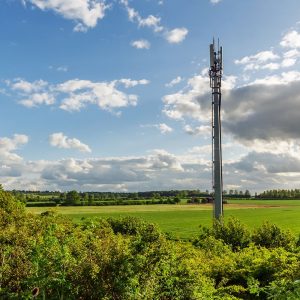
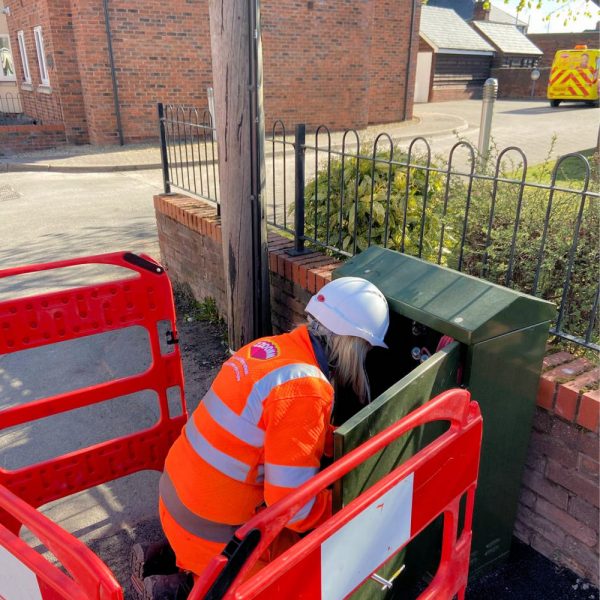

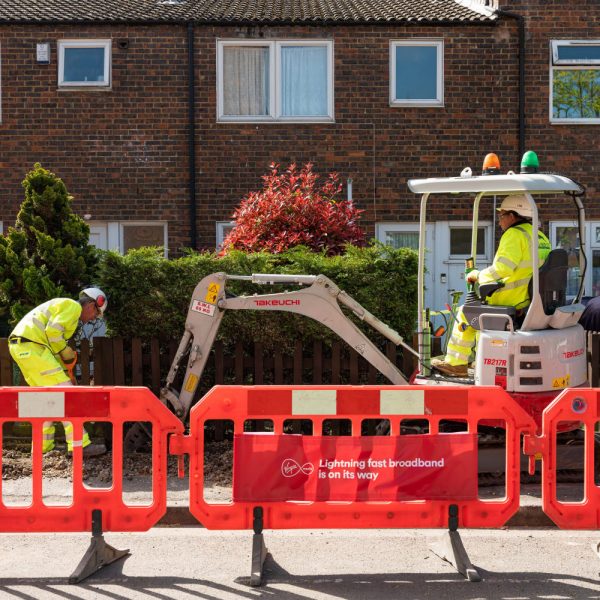


































Comments are closed